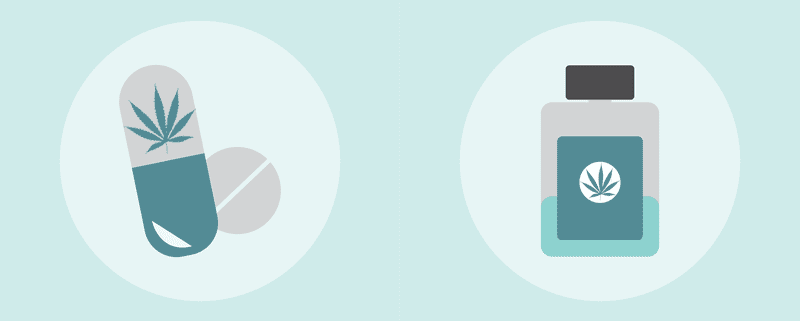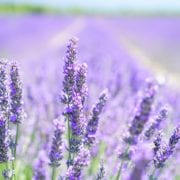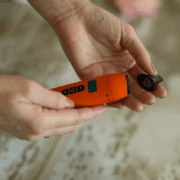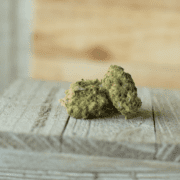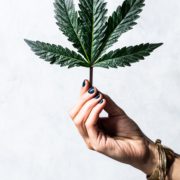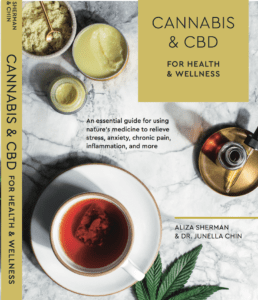Where is Cannabis Legal?
Remember the 80s? That decade brought us Flashdance, Scrunchies and big hair, and the War on Drugs with the slogan “Just Say No.”
Fast-forward to 2017, and state governments are revisiting their marijuana laws and realizing that the ancient healing plant not only possess medicinal value but could also be an economic boon for struggling economies.
Today, more than fifty percent of U.S. states have made exemptions for cannabis use, passing legislation (often after ballot measures where citizens voted in favor of cannabis) to either decriminalize it, allow it for medical use or legalize it within an individual state’s borders.
Eight states have legalized the sale and possession of cannabis for both medical and recreational use: Alaska, California, Colorado, Oregon, Massachusetts, Maine, Nevada and Washington. Additionally, Washington DC has legalized personal use but not commercial sale.

However, legalization and transportation are not the same; this is where the legal issue becomes muddy. While you can buy and/or use cannabis in the 8 states where it is legal, you cannot transport it outside that state’s boundaries. Moreover, Transporting cannabis within a legal state still requires a knowledge of the exact details of the law and to do so in a responsible manner, such in an odor resistant, locked container.
Read more about traveling with marijuana on the United Patients Group website.
Cannabis has not caused deaths from consumption like heroin or even alcohol.
What is a Schedule I Controlled Substance?
Cannabis is considered a Schedule I controlled substance under the Controlled Substances Act. The Department of Justice states that Schedule I substances “have no currently accepted medical use in the United States, a lack of accepted safety for use under medical supervision, and a high potential for abuse.” Other substances in this schedule include heroin, LSD, peyote, methaqualone, and Ecstasy.

Cannabis supporters point out several reasons why classifying cannabis as a Schedule I substance is inappropriate including:
- It has not caused deaths from consumption like heroin or even alcohol.
- It has growing evidence of medical use, particularly in states that have legalized it in some form.
- It is less addictive than alcohol or tobacco and less damaging to the body and brain.
Although botanical cannabis has not been approved by the US Food and Drug Administration (FDA), the organization has stated that it “recognizes the potential benefits and has approved two drugs that contain components from marijuana…” namely dronabinol, a synthetic form of delta-9- tetrahydrocannabinol (THC, the psychoactive component of marijuana) for therapeutic uses in the United States.
The two synthetic marijuana drugs approved by the FDA are: Marinol®) (approved to treat nausea and vomiting caused by cancer chemotherap and in HIV/AIDS, Syndros (approved to treat anorexia associated with weight loss in AIDS patients). Additionally, Nabilone (Cesamet®, a related agent that possesses a chemical structure similar to THC), is approved for use when these other agents have not worked..
Despite the complexity of federal and state laws regarding cannabis, people’s sentiments around the plant are shifting with 57% of U.S. adults saying the use of marijuana should be made legal (Pew Research Center). Add that to the fact that 95% of people in the United States are already living in a state with some form of legal marijuana on its books (New Frontier Data), and you can see clearly that the times they are a changin’.
Sources:
https://www.deadiversion.usdoj.gov/schedules/
https://www.fda.gov/NewsEvents/PublicHealthFocus/ucm421163.htm
https://www.cancer.org/treatment/treatments-and-side-effects/complementary-and-alternative-medicine/marijuana-and-cancer.html
https://en.wikipedia.org/wiki/Cannabis_in_the_United_States
https://en.wikipedia.org/wiki/Legality_of_cannabis_by_U.S._jurisdiction

